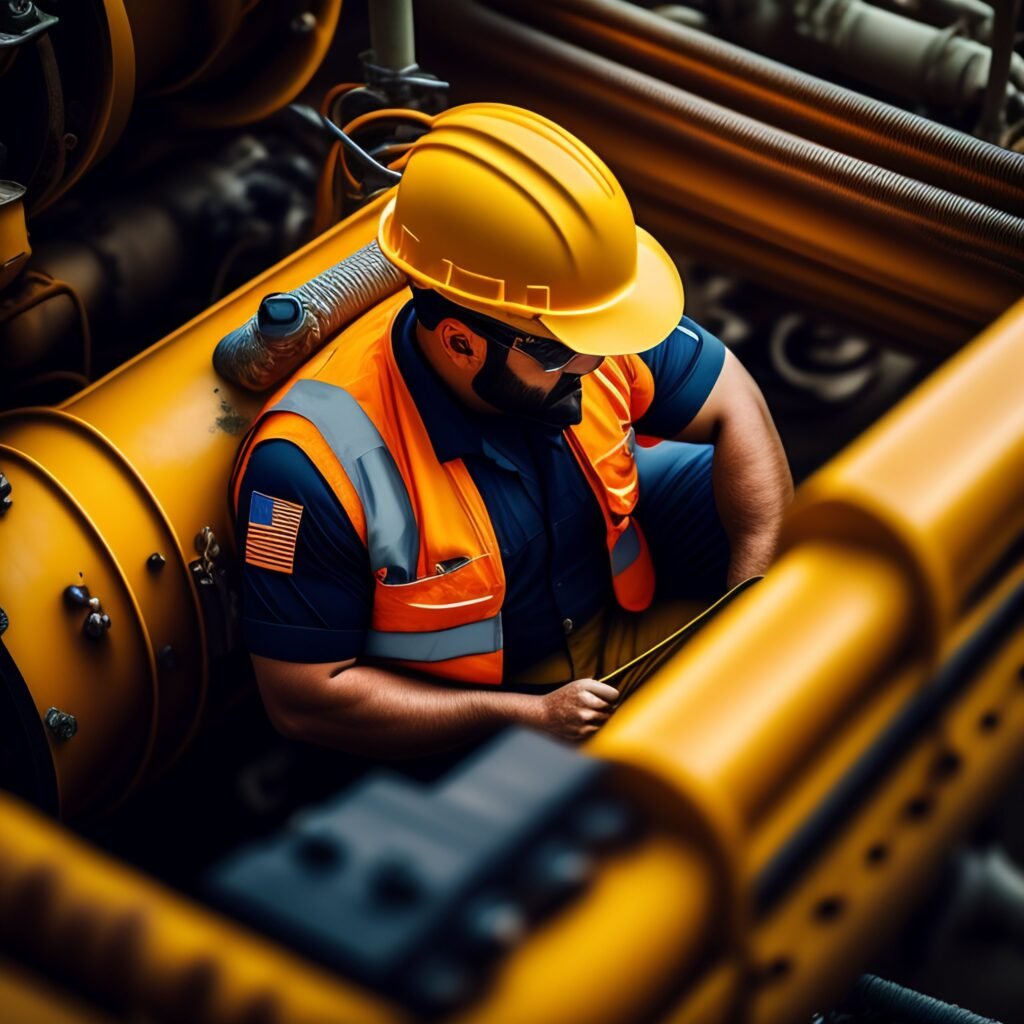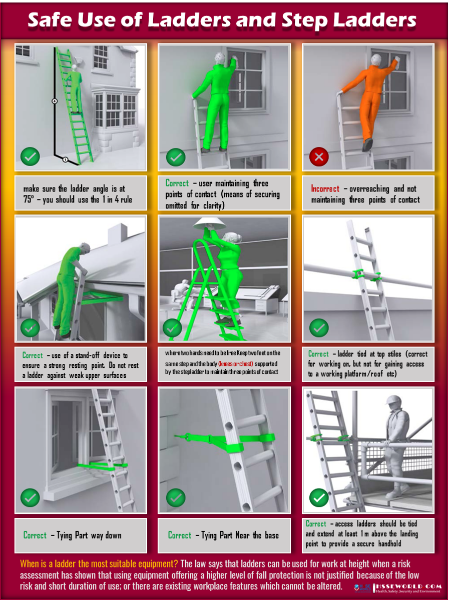According to OSHA, caught-on or -between hazards are, collectively, one of the four deadliest dangers found on a construction site (learn more about OSHA’s Fatal Four). It is also one of the biggest hazards for workers in industrial processing. This is largely due largely to workers getting their fingers, arms, hair, or clothing caught or entangled in unguarded machinery or equipment.

While it might seem like common sense to avoid placing yourself between machinery and a stationary object, accidents can still happen, especially when you’re focused on the task at hand. To help prevent caught-in or between accidents, here are some essential safety tips to keep in mind. Additionally, if you do find yourself in an unfortunate situation involving such an accident, seeking legal advice from motorcycle accident lawyers San Diego could be crucial for understanding your rights and obtaining the necessary support.
1. Hazard Recognition
Your company’s OSHA-competent person will have performed a site analysis for each job. Familiarize yourself with the hazards – and potential hazards – you’ll encounter on the site. Ask what personal protection systems will be needed for the job and make sure you have the necessary PPE.
Keep in mind that the hazards you face aren’t fixed. As the work progresses, the hazards may change and new ones might arise.
2. Equipment Safety
Never use a piece of equipment unless all of the guards are in position and properly adjusted. Make sure that rotating or moving parts are properly guarded.
Always be aware that you can get caught in machinery by belts, pulleys, gears, rotating shafts, and other moving parts. Make sure that you’re wearing the correct PPE for the job and avoid loose clothing or any other items, including bracelets or necklaces, that can be caught in the machinery.
(Read More: using-machine-learning-to-reduce-workplace-accidents/ ).
3. Maintain Distance
If you’re not the one operating a piece of equipment, stay away from it. If you’re too close to a machine, you could get pinned between the equipment and a stationary object such as a wall, barrier, or another piece of equipment.
Stay out of the swing radius of equipment; the operator may not be able to see you. If you must approach a piece of equipment, make eye contact with the operator and use a clear hand signal to show that you are approaching the machine (for related advice, see Forklift Safety 101).
4. Respect Barricades
Areas unsafe for pedestrian traffic will be barricaded. Make sure the barricade is properly maintained, and avoid walking within the designated area. If the equipment is in a stationary position, such as a crane, caution tape may be used to warn nearby workers of the crane’s swing area. Flagging personnel may also be used to identify unsafe areas. If at any time you see a barrier that has fallen, is loose, or is damaged, report it as quickly as possible so it can be repaired or replaced.
(Read More: barricades .)
5. Monitor Material Movement
When materials are moved overhead, there’s a risk of a load being placed on a part of the body, or of the body being caught between the load and a wall or structure. Always work at a safe distance from the load and make sure you don’t come between the load and its resting spot.
Conclusion
Caught hazards can be horrific and excruciating. Heed these five warnings so you don’t have to experience one.
(Read more about: site-equipment-and-tools-inspection-procedure/)
for more safety resources Please visit Safetybagresources




